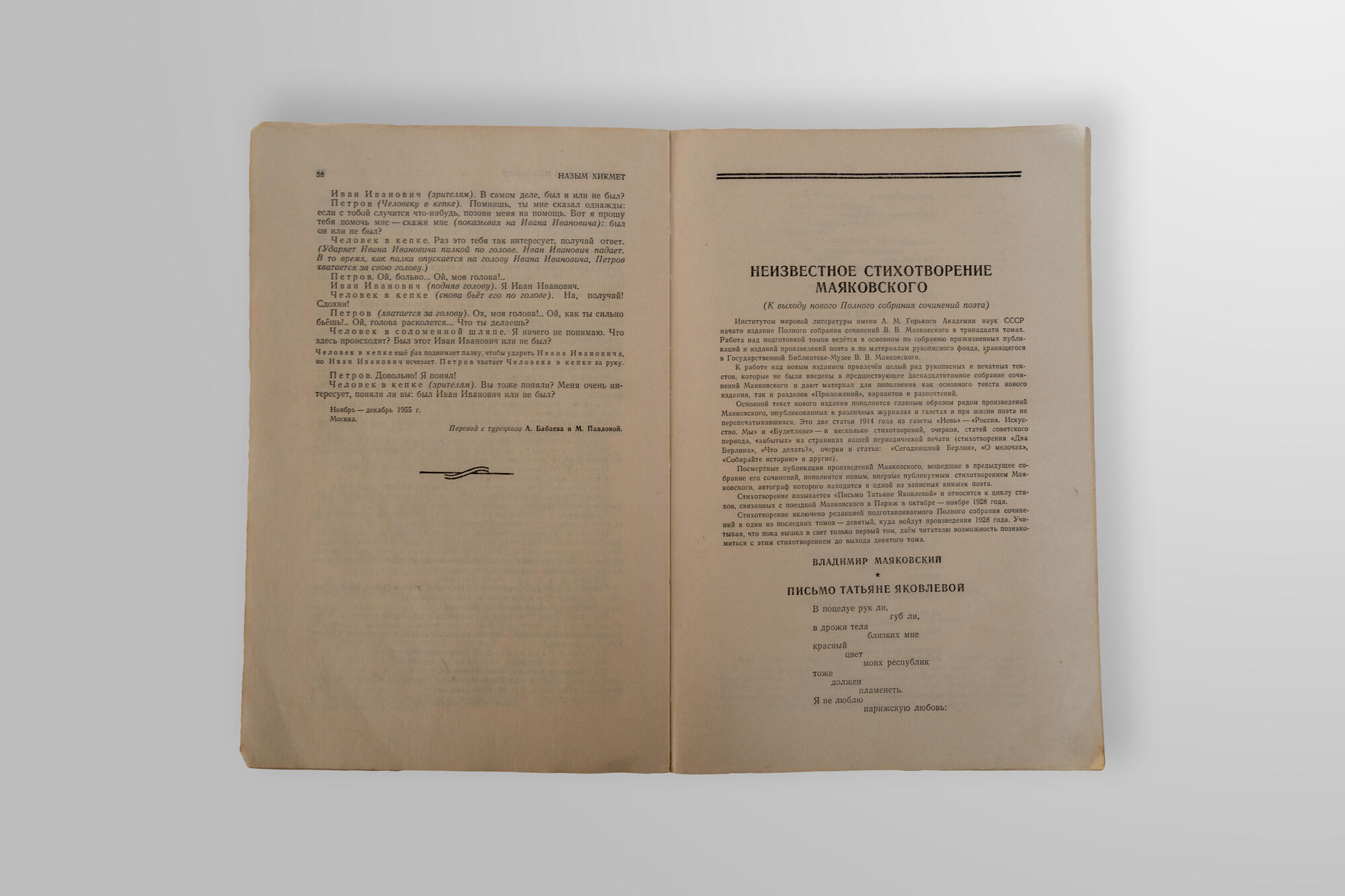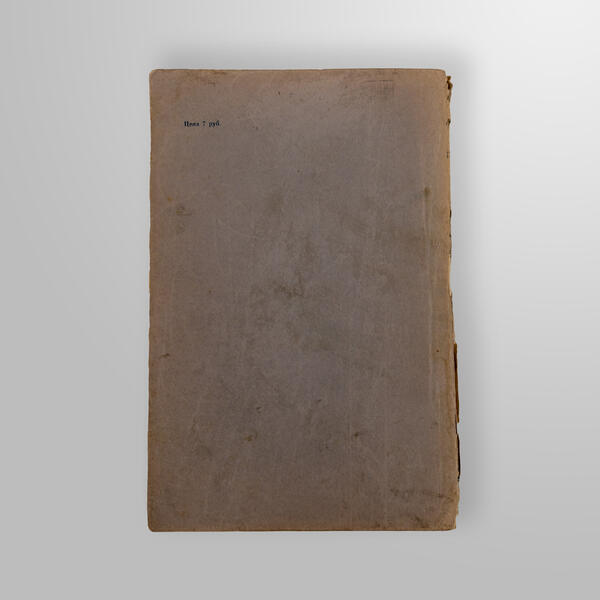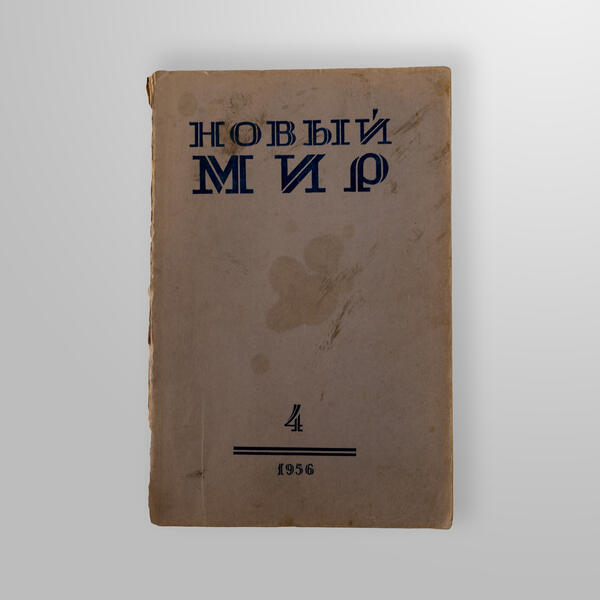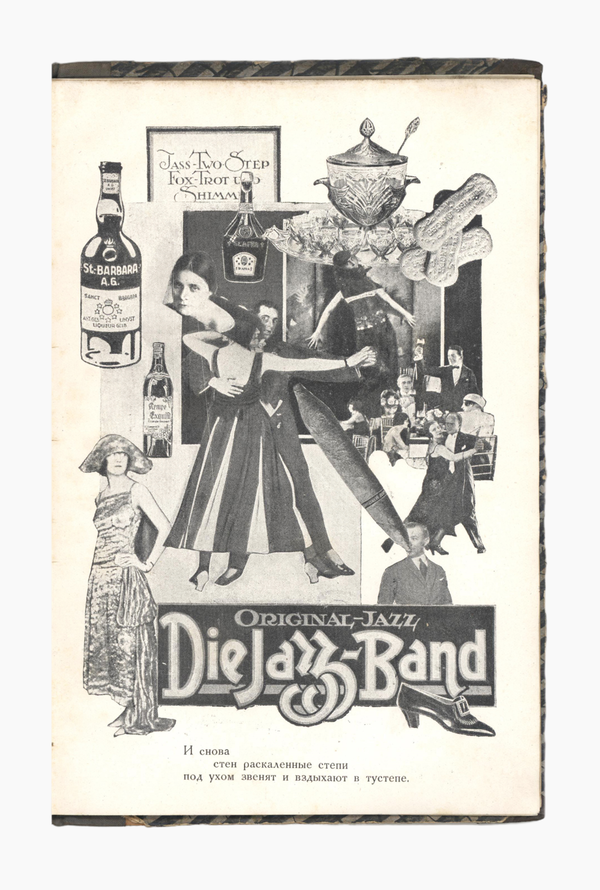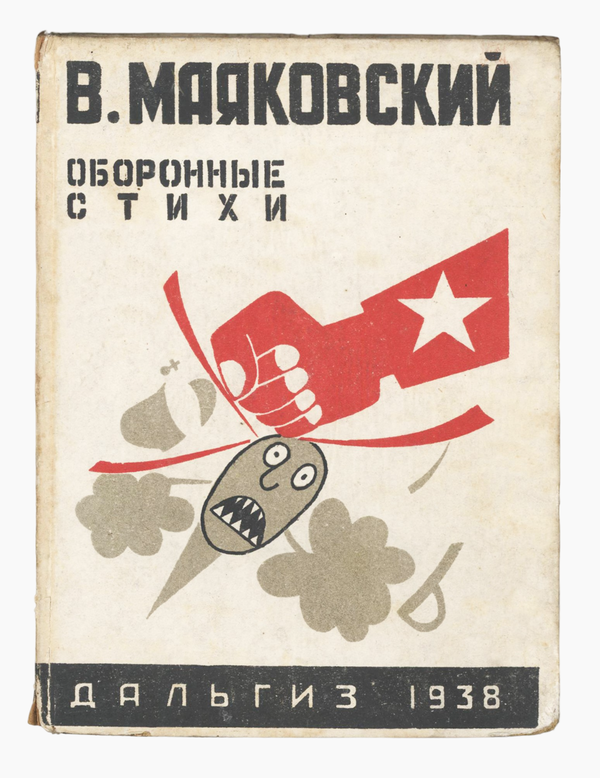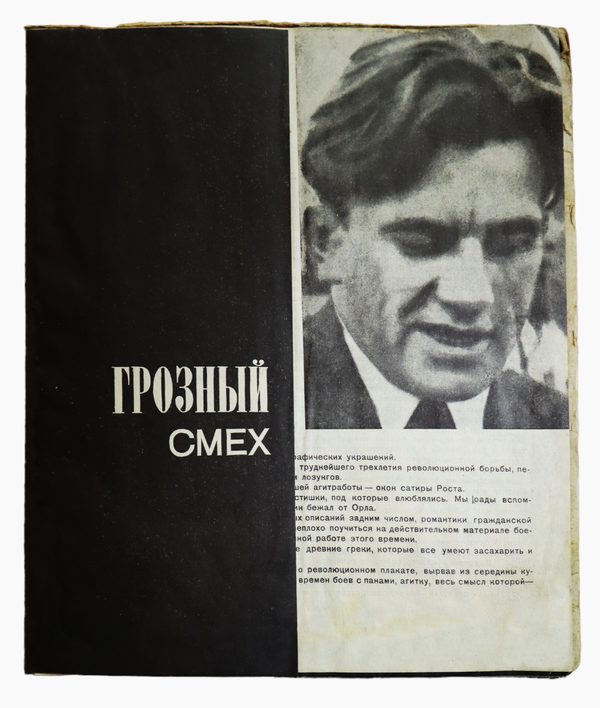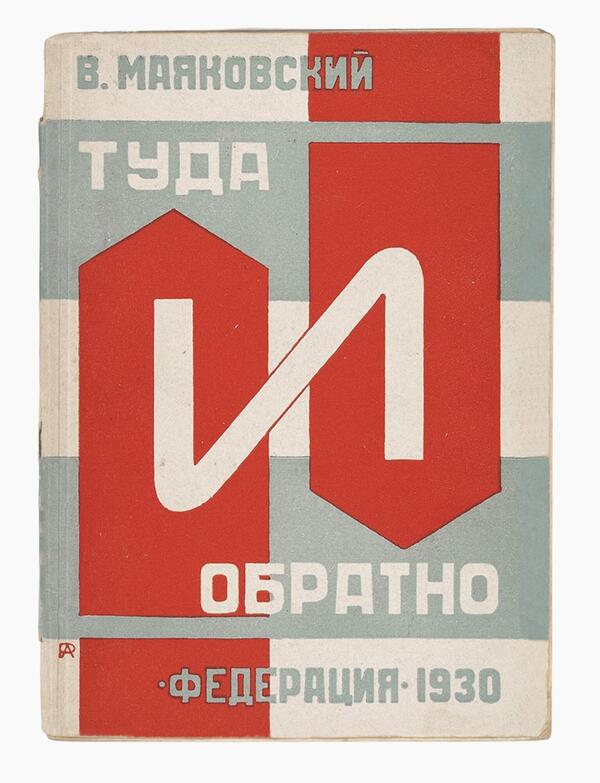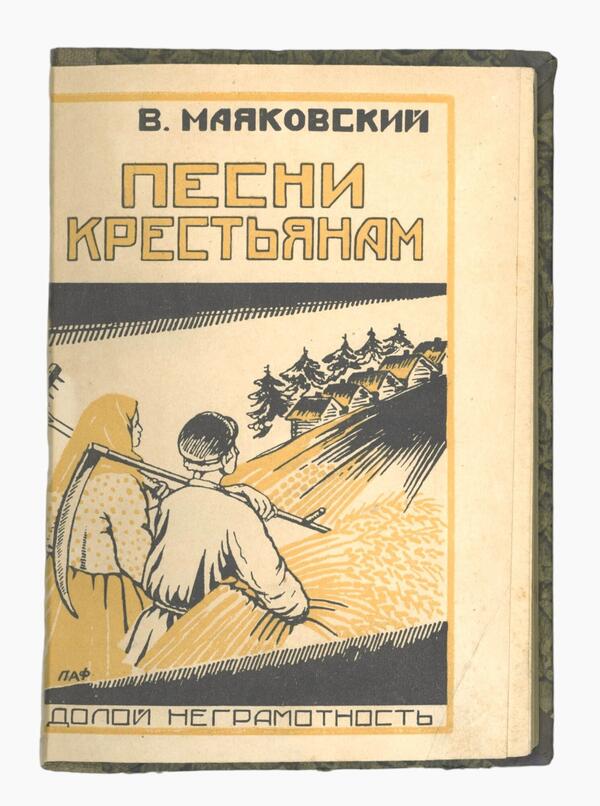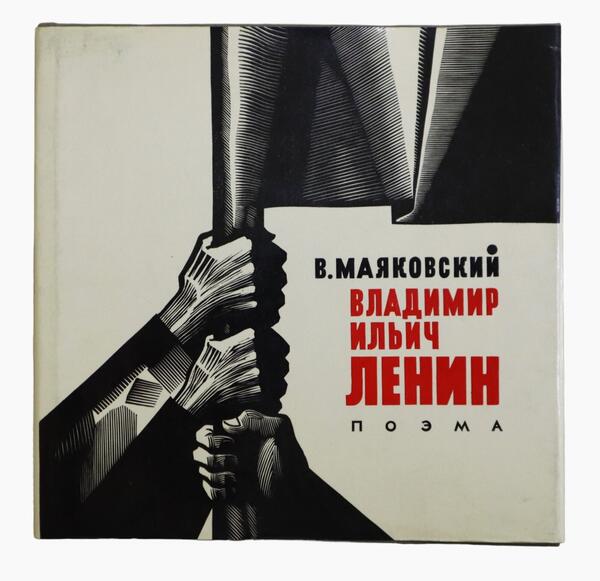Tatyana Yakovleva, the Parisian muse of Vladimir Mayakovsky was born into the family of St. Petersburg intelligentsia. Her father was the architect Alexey Yakovlev. The girl first came to Penza at the age of five, when her family moved there. One of Tatyana’s most vivid memories of Penza was the poetry club headed by Vladimir Rozanov. After the Russian Revolution of 1917, Tatyana Yakovleva moved to her relatives in Paris together with her mother and sister. She was well-read, sociable, well-versed in painting and music, spoke French well, and, in her own words, did not experience “any cultural or psychological shock” because of having to move abroad. In 1928, when Vladimir Mayakovsky came to France on tour, Tatyana was just over 20 years old. She was surrounded by admirers and worked as a fashion designer, creating new models of hats.
Vasily Shukhayev and Vera Shukhayeva, who witnessed the development of an affair between the proletarian poet and the emigree aristocrat, recalled that they were “a brilliant couple… Mayakovsky gave the impression of being quiet, in love. She was captivated and full of admiration for him, proud of his talent.”
According to Tatyana Yakovleva, she was amazed by the Soviet poet’s authenticity and elegance of manners, more reminiscent of an English gentleman than a flamboyant futurist.
For Mayakovsky, however, his feelings for a woman could not make him relinquish his patriotism. That is why he tried to persuade Tatyana to return to Russia and marry him there. However, she refused to go back. After the poet’s departure from France, he continued corresponding with “Tanik” for a long time, hoping to persuade his beloved to leave bourgeois Europe. Their correspondence and affair stopped when Tatyana announced that she got married.
Mayakovsky dedicated two of his lyrical poems to Tatyana Yakovleva. One of them, “Letter to Comrade Kostrov from Paris about the Nature of Love”, was published in 1929. The other one was kept secret for almost 30 years by the poet’s “official” muse, “the 20th-century Beatrice” Lilya Brik.
The poem was published only in 1956 in the fourth
issue of the Novy Mir magazine. This issue is displayed in the Penza Museum.
